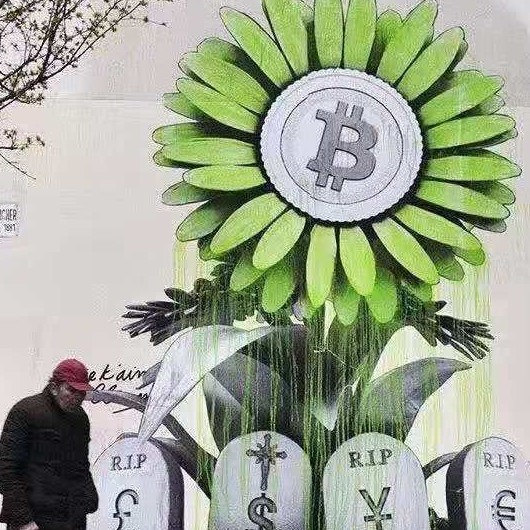image description
The trend of BTC in the past month, source QKL123
In the last round of the bull market, everyone talked about the public chain, and everyone talked about ICO, "the public chain solves all difficulties", "your problem can be solved by issuing a coin", "your problem can be solved by developing a new chain"
What is Layer2?
What is Layer2?
What is Layer2 and why is Layer2 needed? In the final analysis, it is still necessary to talk about the "impossible triangle" of public chain projects. Decentralization, scalability and security cannot be considered at the same time. In order to ensure the security and decentralization of transactions on the chain, many public chains will be exchanged for efficiency, which leads to slow transaction speed on the chain. A dozen confirmations per second in Ethereum is really not enough. Thus, there are two expansion directions. 1. Expansion in the direction of Layer 1, which is what ETH2.0 is doing now, through sharding, Dpos, etc. to allow nodes to confirm and improve efficiency; 2. Expansion in the direction of Layer 2, built on Ethereum or other public chains Two-tier network to improve transaction speed.
Inventory of Layer2 projects based on different chains
*Based on the Ethereum network
Most Layer 2 projects are still based on the Ethereum network, especially this wave of DeFi development. The slow and expensive transaction experience on the Ethereum network has greatly promoted the development of the Ethereum network layer 2 project. After all, the handling fee of hundreds of dollars makes people exclaim, "The concubine can't do it."
Representative projects include OVM based on the Rollup expansion method, Matic, Loom, POA, OMG based on the side chain expansion method, and Loopring protocol based on zero-knowledge proof.
1. Matic Network (https://matic.network/)
image description

(The market fluctuated after breaking new highs in the New Year, source QKL123)
image description

(Matic network principle)
2. Loopring Agreementhttps://loopring.org/#/
Token: LRC
The token LRC of the Loopring project performed well at the beginning of the year. As a Layer 2 project that has been praised by V God for many times, it is an open multilateral transaction protocol between tokens based on ERC20 and smart contracts. It adopts off-chain matching and on-chain The super clearing settlement method improves the transaction speed.
Click on the website and find that the current progress of Loopring is still very gratifying. The wallet, AMM market making, liquidity mining and other functions mentioned earlier have all been launched, which is ahead of other Layer 1-based exchange protocols (Uniswap, etc.) using the Loopring protocol A step of recharging assets to the second-tier network is required, and this step requires a higher Gas fee. After that, trading and market making on the second-tier network only need a little fee.
*Based on the Bitcoin network
The most representative Layer 2 project based on the Bitcoin network is the Lightning Network based on the channel state, and the smart contract platform RSK based on the side chain network.
3. Lightning Network
Tokens: None
image description
Jiang Zhuoer recently mentioned Lightning Network again on Weibo
In 2021, will the Lightning Network go silent until it dies like it did in 2020, or will it regain its original dream and make rapid progress? Let people wait and see.
*Layer2 projects based on other networks
4. MOV
Token: BTM
MOV is based on the domestic chain than the original chain. As early as when other Layer 2 projects were still in the idea, MOV had already fallen into practice. The exchange protocol based on Bytom's side chain Vapor is similar to Loopring, requiring the assets of the main chain to be transferred to the side chain for transactions. When entering and exiting, a handling fee is required. The transaction speed on the side chain is fast, the handling fee is low, and the overall use is relatively smooth.
5. Celer network
Token: CELR
Celer Network is a layer2 expansion platform based on Polkadot. Celer aims to solve the scalability bottleneck of the public chain through off-chain technology and achieve billions of transactions per second. Once successful, it will break the current blockchain technology that cannot achieve large-scale The embarrassing situation of commercialization landing. In addition, the project also introduces the logic commonly used in smart contracts on the chain to the off-chain through the generalized state channel technology, so that DApp can achieve the same experience as traditional Internet App.
As the mainstream currency absorbs blood from the entire market, there will be fewer and fewer surviving chains, and more and more people will make applications on the surviving public chains, and the demand for network speed and gas fee reduction will increase. Strong, Layer2 projects will become more and more concentrated, who will become the future? Wait and see.



